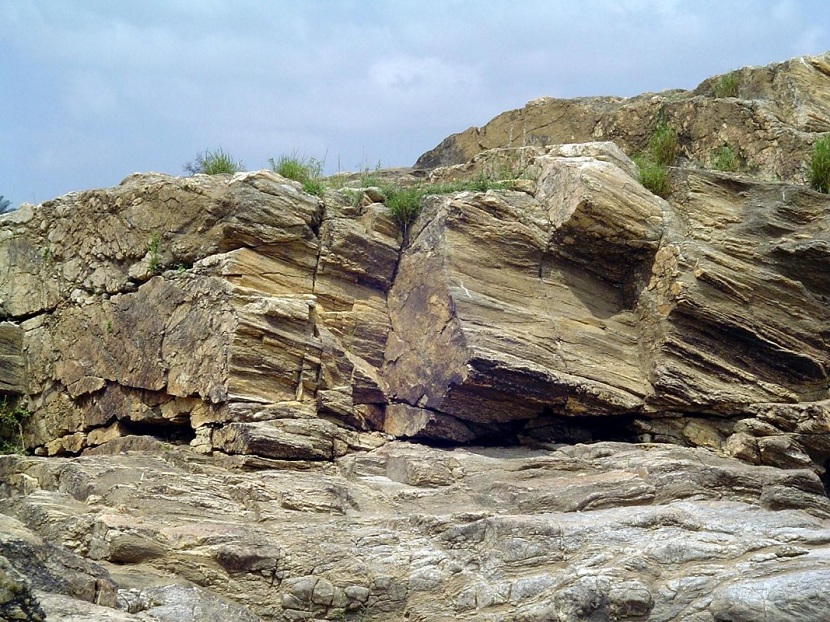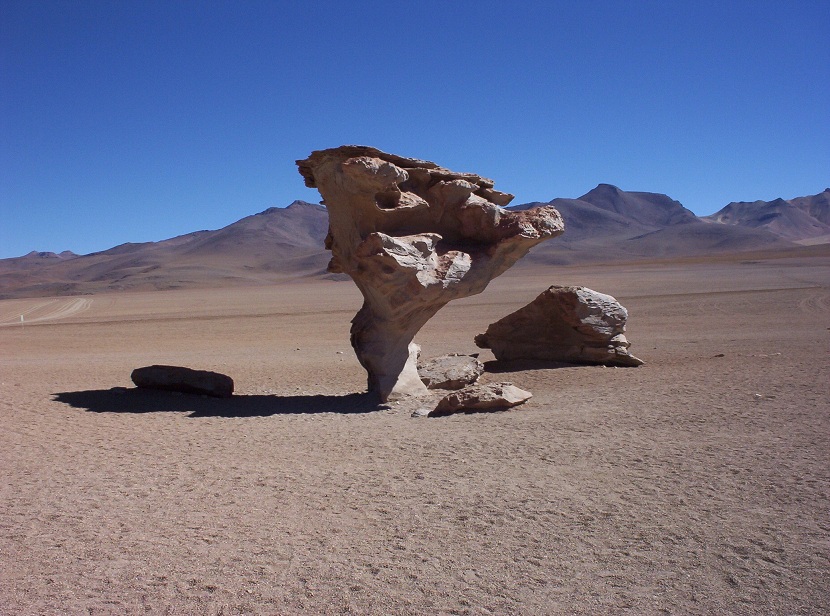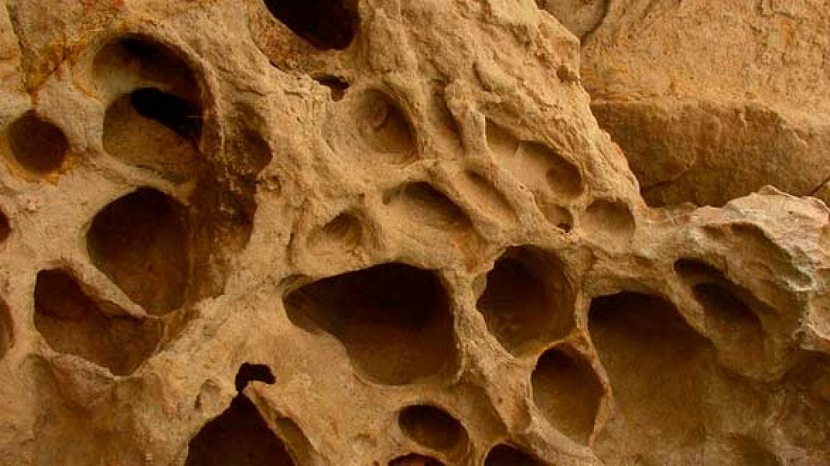
Planet Earth is being modified continuously over time. There are a series of external processes that make our planet is continuously transforming. This is what they are called external geological agents. They are those agents that are capable of modifying the external structure of our planet and altering it continuously over time.
In this article we are going to tell you about all the characteristics and types of external geological agents.
What are external geological agents

Unlike the internal activities of our planet, external geological agents do not create depressions, mountain ranges or volcanoes. They are those agents that liberate the land and gradually modify the forms that the landscape is going to acquire.
The main external geological agents are erosion, transport and sedimentation. These external geological agents occur continuously over time. In fact, they can occur at the same time while they are transforming the landscape that we see. These external geological agents will be mainly in natural ecosystems. In cities and urbanizations it is more difficult to quantify these processes over time since human beings are continually modifying the environment.
One type of transforming element of the landscape is weathering. It is a very important external geological agent since it encompasses all those phenomena that take place both in the atmosphere and at ground level and that affect the terrain.
The form that lands acquire through geological processes are quite and varied. The relief the composition of a mountain can be transformed continuously with the passage of time and the action of these processes. One of the clearest examples that can be seen with the naked eye and with which the age of a mountain can be estimated is erosion. When we look at a mountain that has been millions and millions of years since its formation, we can see that the continued action of erosion has flattened all the mountain peaks. Thus, One way to roughly estimate the age of a mountain is to see the length and shape of the peaks.
If a mountain has a pointed shape, it is younger and if it was already there, it is because erosion has continued to act for millions of years.
Types of external geological agents

There are different types of external geological agents and they can be both physical and chemical. The former are the ones in charge of modifying the shape while the latter are the ones in charge of modifying the chemical composition in the structure of those places where they act. One of the clearest examples of chemical external geological agents is chemical weathering.
Landscapes can be seen as a result of the interaction of all these geological processes that occur at the same time and the action that living beings such as flora, fauna and the human being have before this ecosystem. A landscape can be composed of the action of many living beings and, although they are in continuous development, they can have an impact on the environment. The human being is one of the most conditioning elements in the changes of diversity in today's landscapes.
Weathering

Physical weathering
Physical weathering is that geological process that is capable of breaking or modifying rocks depending on its action and the environmental conditions in which we find ourselves. This weathering escapes from fragmenting the rock and acting directly on the minerals that compose it. The cause of this physical weathering is: rain, ice, thaw, wind and continuous changes in temperature between day and night. The higher the range of daytime and nighttime temperatures, the greater the physical weathering for this reason.
Physical weathering due to the effect of temperature is called thermoclasty. Over the years, this variation at continuous temperatures causes the materials to break down. It also occurs frequently in areas that have low humidity and large temperature variations. There is also biogenic weathering. It is what causes the action of living beings such as mosses, lichens, algae and other mollusks that affect the surface of the rocks.
Chemical weathering
It is the action that various geological processes have on the chemical composition of rocks. This weathering occurs especially in places with humid climates where chemical reactions take place between the atmosphere and the minerals present in the rock. Water and the presence of gases such as oxygen and hydrogen become detonators of chemical reactions that produce this weathering.. One of the main reactions that this type of weathering occurs is oxidation. This situation occurs due to the combination of oxygen that exists in the dissolved air with the mineral water in the rock.
Erosion, transport and sedimentation
Two other external geological agents that are capable of transforming the landscape. It is the one that occurs when the rains, the wind or the rest of the water flows act on the rocks and the sediment. This action continued causing the fragmentation and deformation of the rocks. As the rocks erode, they lose volume and their entire structural appearance is deformed.
Transportation is a process that is derived through erosion. Sediments that are divided and that are smaller due to the action of erosion They are carried by the wind, streams of water, glaciers, etc.
Finally, sedimentation is the process by which solid particles that have been transported by erosion end up deposited in a place. These particles are called sediments. The areas with the highest amount of sedimentation are the mouths of rivers and in places such as seas and oceans. These sediments can also be modified by various external geological agents such as erosion and weathering.
I hope that with this information you can learn more about the different external geological agents.